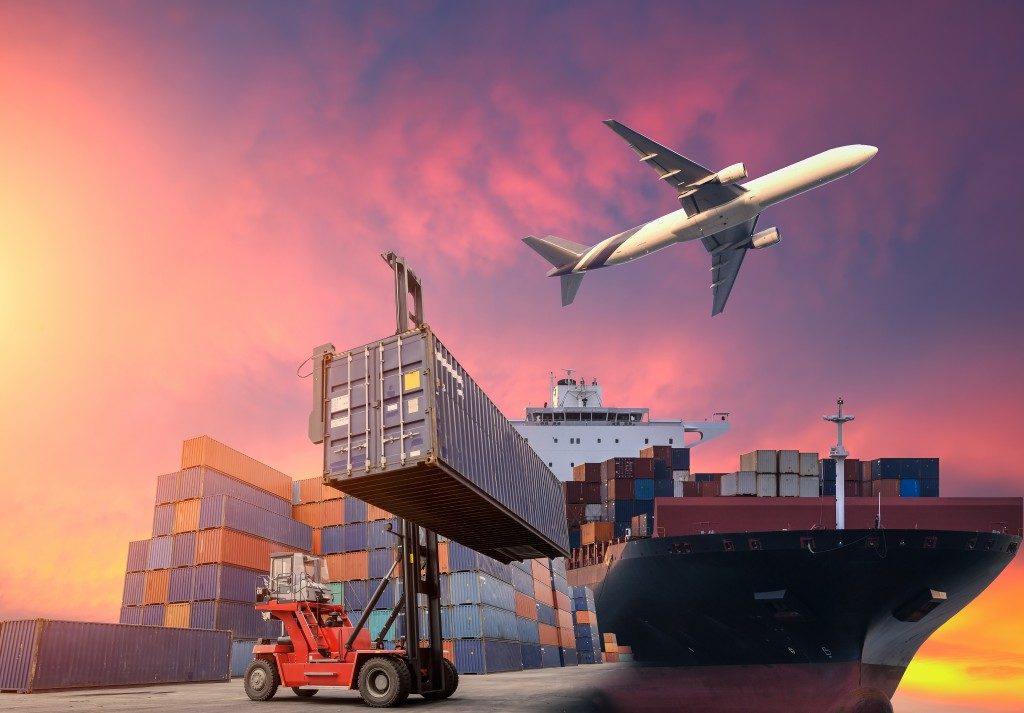
You’ve done all the research and ultimately decided to start a shipping business. Finally, you have ticked all the boxes. You are done with the plans and paperwork. You have talked to the bank, readied the office, acquired the equipment, and gathered your team. All of these are important, but so is the loading of the containers. With that in mind, here are the five best practices in loading a shipping container.
Ensure every box is tagged
This seems obvious, but a lot of problems may be avoided by properly tagging each load. The boxes should be tagged with an ID number that identifies the owner and category of the container. It should be followed by the serial number and check digit. This is to avoid stray packages and make it easier for the packer to plan out loading.
Categorise your packages
Keep in mind how the packages will be stacked when categorising. Packages should be pigeon-holed based on weight, size, type, and composition. Chemicals that need to be isolated should be separated. Items that are flammable should be loaded at the centre and far from the edge. Light ones should go on top of the heavy packages, and wet goods should not be placed on top of the dry goods. This should be observed to avoid crushing. All of these will be effectively implemented if packages are organised suitably and logically.
Keep movement at a minimum

Efficiency should be at the top of the mind, so try to keep movement at a minimum by investing in the right loading equipment for shipping containers. Plan out how the container will be unloaded, and use this as a guide during loading. Packages that will be unloaded last should be at the back and those that need to be unloaded first near the door. The efficiency of the unloading will depend on how the container has been loaded. This will save time and effort and will be most appreciated once your business is starting to pick up.
Stack them tightly
Most of the cargo damages are avoidable simply by proper packing. Boxes should be stacked to distribute pressure. Stack them like you would lay bricks. Fill in empty spaces to avoid shifting. If spaces are inevitable, use dunnage bags, but remember to heat-treat blocking, bracing, and packing materials in compliance with the regulations.
Containers should be well secured
You may be efficient, but thieves are more creative. This is why container seals are important. It is up to the shipping company to provide the container seal. Ensure that the seal numbers are diligently noted in all the necessary paperwork, such as in the bill of lading, especially in cases wherein the truckers are the ones who will provide the seal.
Just like with any journey, the beginning or, in this case, the loading, is as notable as the ending. Offering the best service to your client will depend on how you protect their products or supplies in transit. Remember, your services are as good as your last shipment. Maintain their trust by treating their goods like they’re your own.
